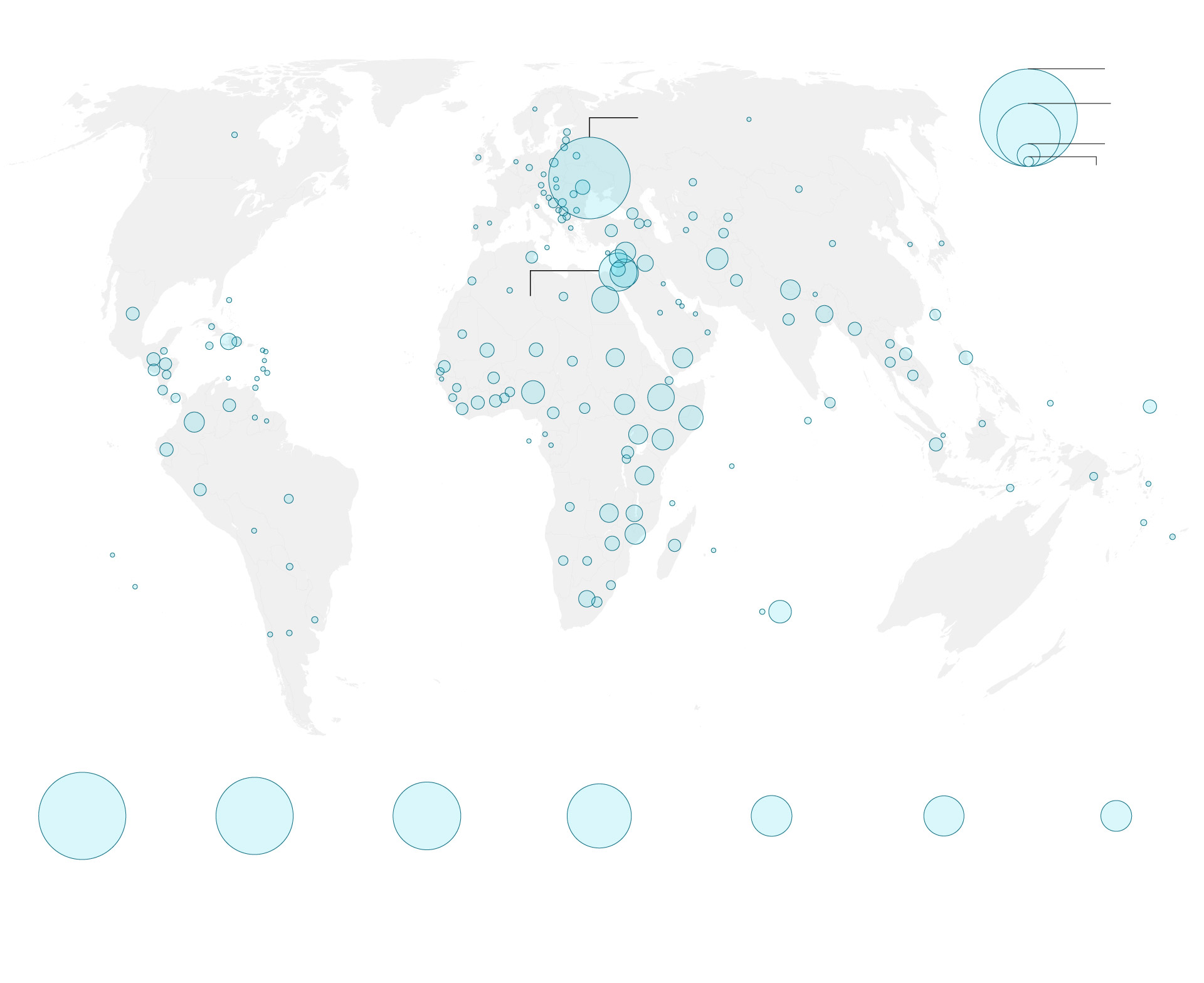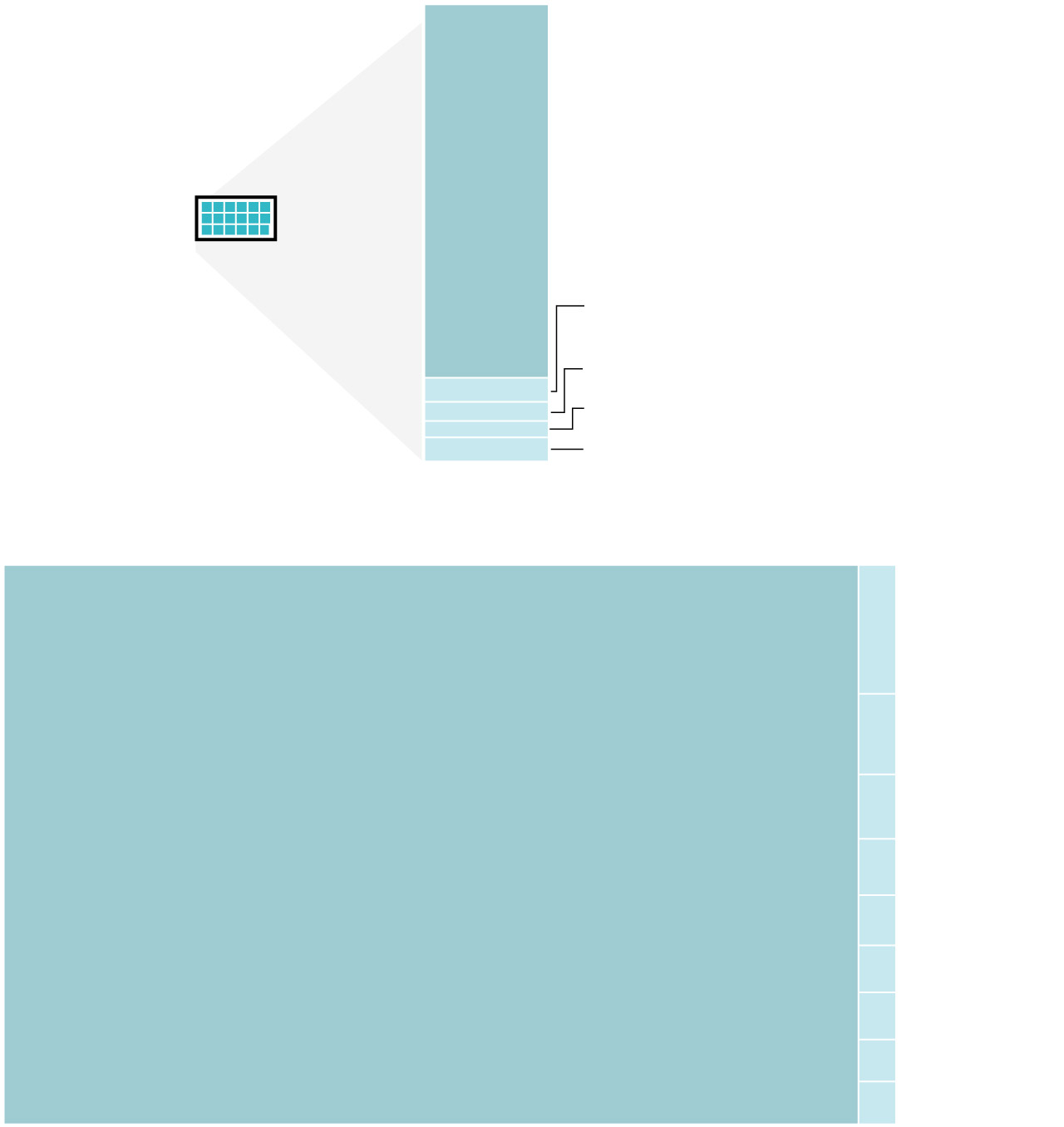 |
| Cartoon-Daily Mirror |
Monkeying around with ‘the grid’
10 Feb 2025 The Morning
Sri Lankans were once again bitterly reminded that progress is slow in Sri Lanka, even when there is a new political force, with a resounding mandate for ‘system change’ in governance. Last morning’s islandwide power outage, ‘jolted’ Sri Lankans and visitors alike, bringing back memories of a time, when the island’s energy security vulnerabilities were clear and in-your-face. The fact that energy security or lack thereof is one of Sri Lanka’s greatest national security vulnerabilities. However, we do not seem to view it as such, as governments often move at a snail’s pace, when it comes to enacting reforms and structural changes to the national energy landscape, indicating a lack of prioritisation and focus on the matter. The association between national security and energy is a vital one. Today, access to affordable and uninterrupted energy supply has become essential to the functioning of modern economies, and Sri Lanka is no different.
One only needs to look at the energy crisis Europe has been facing, due to over-reliance on Russian sources since the 1990s, only to be caught between a rock and a hard place today, over the conflict in Ukraine and its implications on energy security. Europe has identified the need for diverse energy sources and reinforced their capacity and transmission networks as a matter of national priority, and even work together to network and share resources. However, Sri Lanka which began to reform and restructure the energy landscape of the country over the last few years, moved to roll back many of those plans when the new Government came into power.
🔺Regime change has done little to address an ‘energy mafia’ that plagues the nation.
As of last evening, there is no clear explanation about why the islandwide outage occurred, except for a vague, and almost laughable statement which states that there was an ‘emergency situation’ that broke out at the Panadura Grid Sub Station, which the Ministry of Energy claims caused an islandwide outage which lasted nearly 7 hours. The Minister of Energy Kumara Jayakody, issuing a press release last evening passed the buck on to the many previous governments (a well-established political tactic in Sri Lanka) claiming that: “Preliminary investigations have indicated that the actions of the previous governments, who had acted without foresight and understanding of maintaining the stability of the national electricity system, and their lack of understanding the technology, led to this situation.”
Last month, The Sunday Morning reported on the vulnerabilities in the national grid due to poor planning and stumbling in the absorption of renewable energy sources. The Ceylon Electricity Board (CEB) was facing a serious risk of system failure during holidays due to the sudden influx of solar-based Renewable Energy (RE) into the grid, particularly when electricity demand is low. “CEB Chairperson Dr. Tilak Siyambalapitiya, addressing this concern, revealed plans to mitigate such risks through an incentive-based electricity tariff system. This mechanism will encourage industries to operate on holidays, thereby stabilising demand and reducing strain on the system,” The Sunday Morning reported. According to the report, the system faced risks when renewable energy flooded the local grid, explaining that the lack of RE storage facilities was a significant factor. A CEB official had highlighted that rooftop solar generation at the household level surged into the system during long holidays when energy consumption was low. “As of now, we manage the system by controlling firm energy capacities, but since RE generation is unpredictable, sudden surges can still pose a risk to the entire system,” the official explained, adding that shortages could be managed by generating more electricity, but excess rooftop solar generation flowed directly into the system without any control, creating a risk of failure. If this was the case, why were there no planning and risk-reduction measures initiated? Why did the CEB not address this issue as a priority if they saw the threat on the horizon?
It is no secret that the CEB and their ‘engineer’ clan have shown little or no enthusiasm to add renewable energy sources to the national energy mix. The energy ‘establishment’ has long resisted the push to bring onboard more renewable energy into the energy mix that fuels and powers the island nation. Some, including two former ministers of power and energy, have gone as far as to allege attempts and acts of ‘sabotage’ by the energy bureaucracy of Sri Lanka to kill renewable energy plans in the crib. Today, some observers and energy experts continue to question the ‘establishments’ negative approach to renewables, pointing out the regime change has done little to address an ‘energy mafia’ that plagues the nation.🔺













